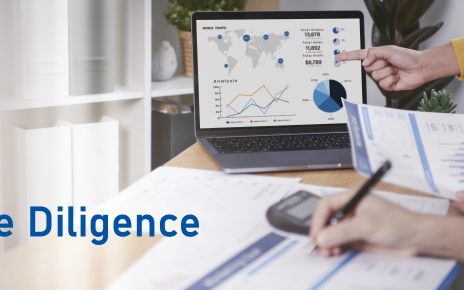Purchasing an aircraft for the sake of business, regardless of a new project or secondhand necessitates a full grasp of the process and the elements that may influence the purchase. Business aviation finance is available in a variety of forms. Regardless of the processes, lenders will undertake a thorough creditworthiness investigation in order to provide a safe financing framework. They will also assess the aircraft’s condition as well as the jurisdiction for which it is designed. The lender will next present a tailored financing plan.
Available Financing Options:
The following five alternatives are available for business aircraft financing:
- Cash
- Debt from the bank
- Financing firms, such as Air Fleet Capital
- Credit agencies for exports
- the capital markets
Other non-traditional financing options, such as margin loans, leases and tax, can also be utilised to fund aircraft acquisitions.
1- How Long can an Aircraft be Financed?
Depending on the robust production foundation and history, commercial aircraft can be funded for five to 10 years. Due to the danger of aircraft obsolescence, lenders typically favour newer aircraft. As a result, many lenders have restrictions on financing pre-owned vehicles. For example, if you’re looking at a plane over ten years old, you might only be able to secure finance for two to three years.
2- Get to Know the Business Aircraft Financing Interest Rate
The rate of interest for airplane loans might range between 3.5% to 7%. The following are some of the elements that might influence the rate:
- The amount of the down payment
- Financial history
- Jurisdiction
- Total amount of finance
Furthermore, credit with higher risks will necessitate a bigger down payment, often around 30%, or a higher and better interest rate. On the other hand, credits with a low to medium risk will require a 15-18% advance payment.
- Factors that Influence Financial Situations
Actually, the conditions of airplane finance differ from one transaction to the next one. Being a buyer, you must be conscious of the variables that may influence the terms of your transaction. It contains the following items:
· Usage
The finance firm has to be aware that the company’s acquisition meets their demands and the aircraft’s intended usage. The more the firm uses the plane, the more it depreciates. As a result, there will be increased wear and tear. The finance firm, as a lender, must evaluate this element first.
· Model & Age
The older the plane, the less financing choices you will have. As a result, carefully select a business that will provide financing options for new and secondhand aircraft.
· Making a Down Payment
A portion of the payment must be made in advance. It might range from 15-20 percent. In general, the bigger the down payment amount, the longer the loan terms will be.
· History
The aircraft’s history and specifications will be required before the financing may be approved. Borrowers will be required to supply photographs, maintenance records, and damage histories (just in case it happens).
These are the aspects of the aircraft finance procedure that a borrower should examine before applying. It will also guarantee that you receive the personalised plan that is best suited to your needs.




